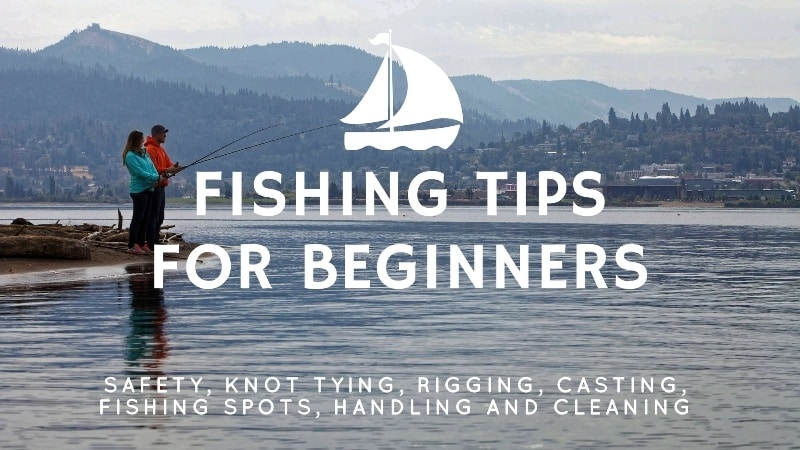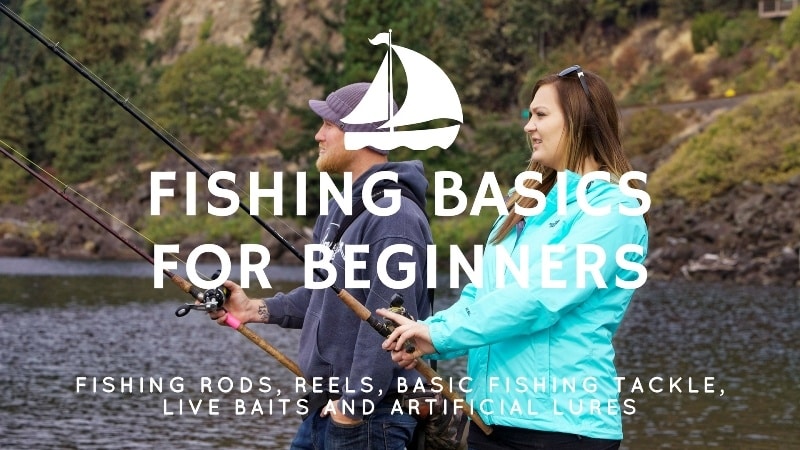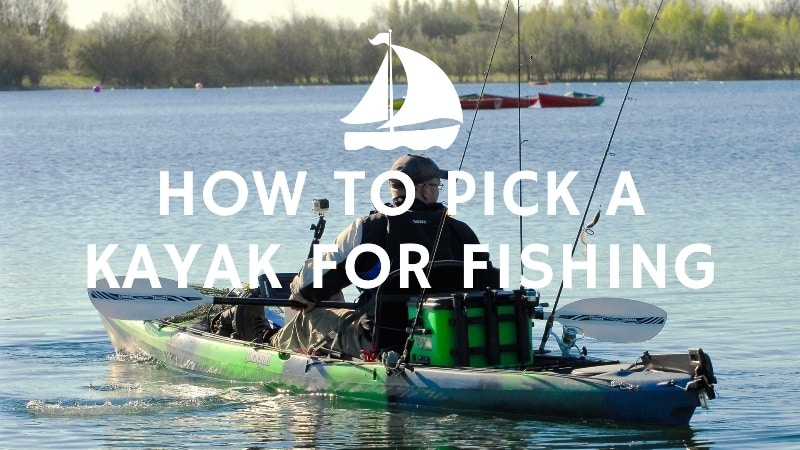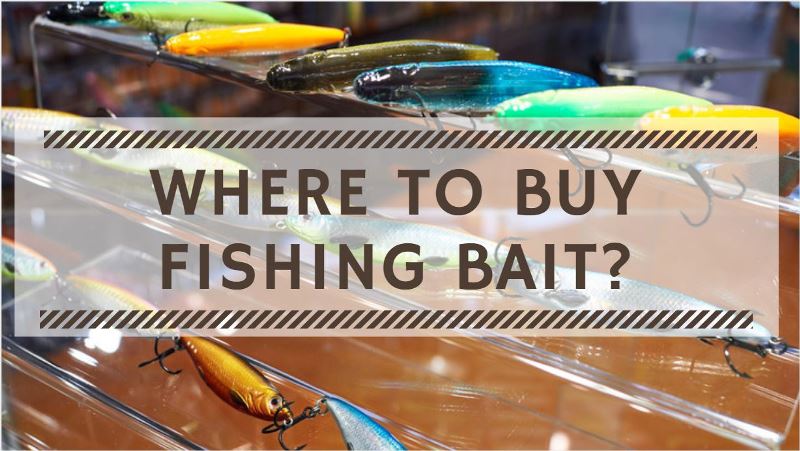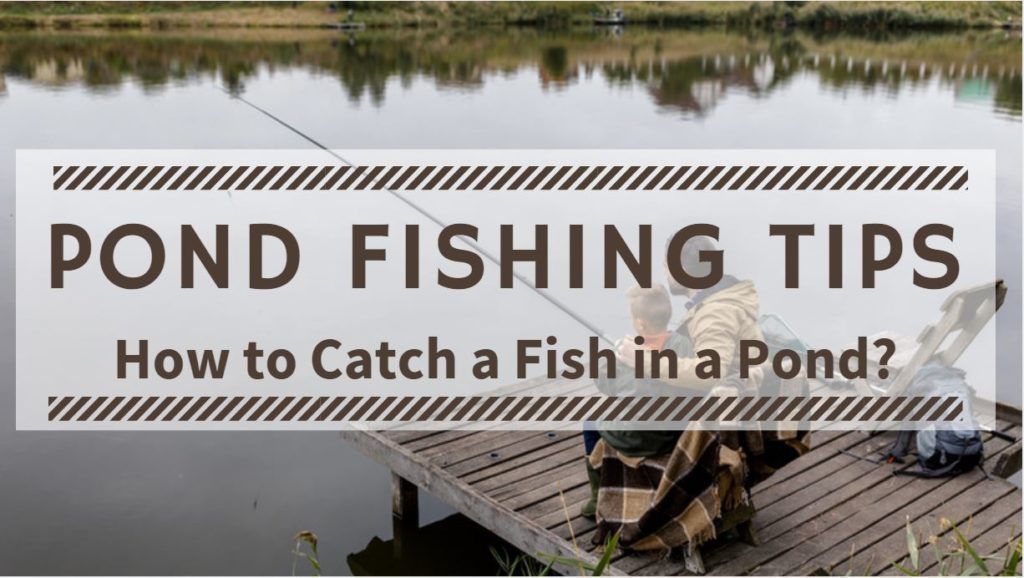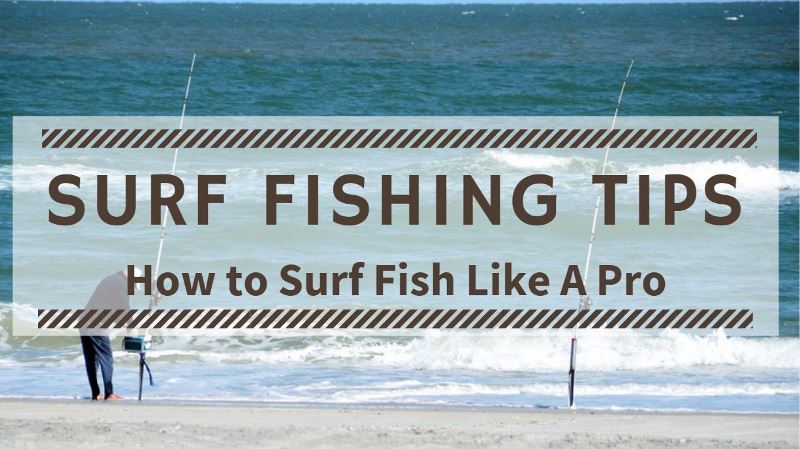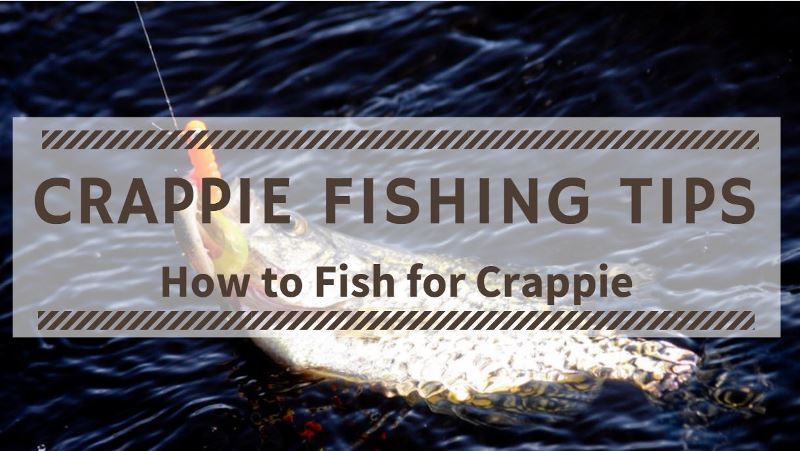Fishing as a hobby or fishing as a pro could get really exciting if you know how to fish. It is one of the most passionate outdoor activities that you can enjoy with family, friends, or even yourself. By following out Fishing Tips for Beginners, you can shorten your learning curve.
Follow this Fishing Tips for Beginners guide to know more. Fishing Tips for Beginners is the second part of our Learn to Fish mini-series.
Fishing Tips for Beginners
In this Fishing Tips for Beginners guide, we will cover:
- Basic Safety Tips
- Knot Tying
- Different Rigging Techniques
- Casting Tips for Beginners
- How to Find Good Fishing Spots
- How to Detect when the Fish is Biting
- Handling the Fish
- Cleaning the Fish
Basic Safety Tips
Before you begin with this guide, you must know that safety is the top priority! Here are a few things that will come in handy for you while pursuing your fishing passion.
- Carry a life vest or a personal floatation device if you are planning to fish in deep waters.
- Use suntan lotion to avoid harm due to sun rays on a sunny day.
- Carry protective gear like an insect repellant, sunglass, a fishing rain suit, and a hat before you sail.
- Always carry a map, guide, flashlight, and radio with you in case of an emergency.
- Wear appropriate clothing including gloves and waders for fishing.
- Carry a fishing sling bag to keep your fishing tackle within easy reach.
Besides carrying the above-mentioned safety equipment, you should:
- Avoid fishing in non-permitted areas. There may be harmful water creatures waiting to feast on you.
- Get the right fishing gear depending on the species you plan to fish.
- If you are not sure about the species, then buy an all-around Telescopic Fishing Rod.
- Practice attaching bait to the hook beforehand.
- Avoid getting distracted while you are fishing. E.g. taking pictures, or updating your social channels.
- Handle the fish that you have caught carefully.
Knot Tying
Knot tying is an art in fishing. You must ensure that your fishing knot is tight as a weak knot may result in you losing your fish. Generally, you must pass the copolymer fishing line through the eye of the hook and pull it tight. Ensure that you do not overlap knots as there are possibilities of wear and tear of the knot.
You should wet the line before tying a knot; it is easier to slide the line and tie a knot when it is wet. Once you have tied the knot, you must pull to check the strength and confirm that you are all set for fishing.
You may be aware of different types of knots. But over here, we will only discuss those which are easier for beginners.
Different Types of Knots
Palomar Knot: Most fishermen consider Palomar to be one of the strongest knots for fishing. If you learn to tie it properly. You can easily secure your hook by tying one end from your fishing line and the other to the leader with a slight swivel.
Clinch Knot: By practicing for a week, you will learn the clinch knot easily. A clinch knot is firm and strong; thus it can carry big fish smoothly.
Spider Hitch Knot: If you learn to form a double line to make a spider hitch knot, this could really turn out strong to catch your prey and hold the leaders.
Blood Knot: The blood knot is not used regularly by beginner fishermen. But, it is an easy-to-use knot for catching smaller prey. It may not be as fascinating as other knots for holding hooks but it is quite effective.
Surgeon’s Knot: The surgeon’s knot is useful when you are intending to attach more than one piece of fishing line. It helps when you are using two fishing lines, maybe of different diameters, at the same time.
You can learn about a few more knots here: Top 5 Must-Know Knots
Different Rigging Techniques
Rigging is the method to assemble all the fishing tackle before you begin casting and can be performed in different styles. But the main purpose is to tie together hook, swivel, bobber, sinker, bait, etc. to the fishing line.
Some rigging techniques are named as per their purposes. Once you have learned the basic fishing techniques, you would realize that most rigging methods are not complex.
Here we will discuss some rigging techniques which are easy to use, especially for beginners.
Bobber Rig: Bobber rig is often referred to as the most basic rig. This technique involves attaching a boober to your fishing line. A bobber lets you realize when the fish is eating your lure. Such a technique is ideal for catching small fish. It is the preferred rigging technique for beginners.
Bottom Rig: Also known as the standard rig, the bottom rig is also easy to use rigging technique. As the name suggests, you can perform this rigging method to catch fish at the bottom of the water body. It involves tieing live bait and hook together and sinking them to the bottom. The bottom rigging technique is useful for catching catfish, redfish, flounder, and more.
Popping Cork Rig: Popping corks are easily available at retail stores. In this rigging technique, you need a stiff wire attached to the cork float with a few plastic beads. It is easy to assemble and can be followed by beginners to catch smaller fish.
Casting Tips for Beginners
Casting is an act of catching the fish by using a fishing rod, fishing line, and hook. There are different casting techniques that work well with different types of fishing rods. Fishermen use various casting techniques to lure and catch their prey.
We will discuss some casting tips for beginners to get started.
Before you begin casting, you should understand body position, hand action, and arm action. Next, point your feet toward the target care and keep your shoulders square. This is the desired body position for casting. Arm action needs to be similar to throwing darts.
When you are casting for the first time, you should tie on a casting plug without fishing hooks. Another safety tip is to check your immediate area and ensure there is sufficient distance from other casters.
Spinning is the preferred form of casting for beginners. Spinning rods and reels are easier to use as compared to most other fishing rods. You can buy one of the best spinning reels for under 100 to get started. You really don’t need an expensive fishing reel for your first trip.
But you need to practice the timing of releasing the fishing line. If you release the line too late, then the plug will land close in front of you. If you release the line too soon, then the plug is more likely to go straight up or land up behind you.
How to Find Good Fishing Spots
Being a newbie, we understand it may be confusing for you to find good fishing spots. But, once you find a great spot, it will most likely become your favorite weekend getaway. Here are some tips which can help you locate good fishing spots:
- Go for shorelines. Most fishes travel to the shoreline in search of food.
- Shoreline waters are weedy and shallow which makes it easy to lure the fish.
- Look for stagnant water bodies like lakes and ponds. Smaller fish species prefer clean and moving waters.
- Streams and rivers are ideal places for beginners.
- You will find more fish in warm water. This is why most fishermen prefer to go fishing in the afternoon.
- When the water gets warmer, fish are easier to catch.
- Use online maps to search for water bodies in your area.
- Dark color water bodies are preferred the most as a good number of fish wander here.
- Color shading also indicates the depth of water.
- Learn about rocks, grass, wood, and plants in the area where you will be fishing.
- It will help a lot to know what kinds of fish you are going to attract.
Different fish species live in different types of water. You should spend some time learning about various factors that determine fish habitats.
You should understand different factors such as oxygen, depth, climate, temperature, salinity, and water current. For instance, tuna live in saline waters whereas bass lives in both freshwater and saltwater.
How to Detect when the Fish is Biting
Here we will discuss some common indications which can help you detect when the fish is biting.
As a beginner, you should first learn and understand the normal movements of your lure or bait. So that when your lure vibrates or moves in an unusual manner, you would know that the fish has caught the bait.
When you feel an unusual movement in your lure, don’t react or jerk immediately. Water bodies have other creatures (and water currents) so you need to be sure that it is actually a fish that has caught your lure. Wait patiently and watch the movements of your bait. Hopefully, you will feel the fish making some movements on the bait.
Another useful tip is to observe others who are fishing there with you. Don’t miss learning from their experiences when they caught their first fish. Slowly, you will also learn to detect when the fish is biting the bait.
Handling the Fish
In order to retrieve a fish, you must practice handling your rod, reel, and line. Sometimes, multiple fishes are caught in the lure and thus you may need to release some line for others to get free from the bait.
Always wet your hands before holding the fish else you will remove the natural slime after catching the fish with your hand. In case you are intending to release the fish back into the water, avoid putting them in your well.
Put them back in the same water from where you caught them or the fish will get stressed due to changes in water type.
Cleaning the Fish
Fish cleaning is an important skill. If you are planning to eat the fish that you catch, you will need to keep it clean and fresh. Pour the same water from the water body into your cooler or stringer where you will store the fish after catching it.
You should use a shallow blade to scale the fish or you may end up tearing the intestines. Remember, you must remove the head before opening the belly. Remove the head and then open the belly to remove all the remaining innards. Once you have scaled the fish, rinse it under a good flow of tap water and wash the skin properly.
After cleaning the fish, you may prepare steaks or fillets immediately or store the fish to cook later. While filleting, it is very important that you take off the fins. Remember, you must always cut in the direction away from you.
Conclusion
We hope this Fishing Tips for Beginners guide will help you pursue your interest in fishing. But, reading can only take you so far. Fishing is an outdoor experience that will teach you much more about fishing in real. If you are interested in fishing, don’t wait any longer to cherish this amazing passion. Get set and go fishing! Don’t forget to share your experiences of first time fishing with us through comments.
Fishing Tips for Beginners is the second part of our ‘Learn to Fish’ two-part series. You may check out the first part here at Fishing Basics for Beginners (Learn to Fish: Part 1).
You May Also Like:
Last Updated on May 15, 2025 by Victor Mays
